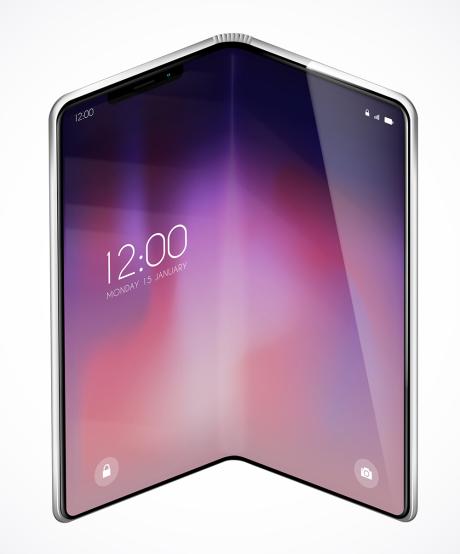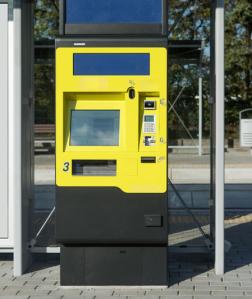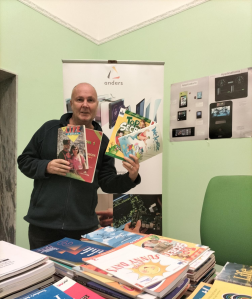Flexible and foldable displays offer exciting prospects for future consumer products and could ultimately be found in industrial applications such as factories, smart infrastructure, workwear, and many others. I have already described new encapsulation and inkjet printing processes that have finally allowed OLED displays to be fabricated on dynamically flexible substrates. However, there are other issues to address before we can all look forward to unfurling our electronic broadsheets on the commute to work.
Power and efficiency are key concerns
Power and efficiency are key concerns, as always, if battery life is to meet expectations. Foldable displays will increase the power consumption of next-generation smartphones, although stowing the display will leave less battery space. Display efficiency must therefore improve, and some interesting new technologies are emerging to address this. It’s all about blue: the least efficient emitter in an OLED RGB pixel. The red and green pixels of current-generation OLED pixels are fabricated in phosphorescent materials, which can deliver extremely high efficiency. Unfortunately, it has not been possible to produce phosphorescent blue emitters, so these have employed older fluorescent materials that have much lower efficiency.

How can OLED displays extend mobile battery life
Thermally Activated Delayed Fluorescence (TADF) is a new technology being developed by German start-up Cynora, which aims to significantly increase blue emitter efficiency and can also be applied to red and green, resulting in significantly more efficient OLED pixels and reduced overall power consumption. This could become a critical enabler of power-conscious foldable displays for the mass market and, in the longer term, battery-powered non-consumer applications.
Blue TADF emitters can also help simplify the architecture of large quantum dot OLED TV displays. QD OLEDs contain blue emitters only and TADF will enable a reduction in the total number of layers thereby allowing lower manufacturing costs and lower operating voltage.

How will these exciting new displays reach the market?
Right now, TADF, quantum dot, and microLED displays are among the most exciting technical developments going on in the industry. At the same time the display supply situation continues to change. For some time now production has been moving towards China and Taiwan, initially under price pressure from consumer TV and smartphone markets. As costs continue to increase at the mother-glass level we can expect to see consolidation among some brands.
On the other hand, small and focused young businesses often lead the early development of the latest technologies. Although they can offer the creativity and agility needed to succeed in non-consumer markets, at the same time they may lack the size and strength needed to commercialise the technologies effectively and will at least need to co-opt or possibly merge with larger players.
From our point of view at Anders, we, along with our partners, are studying the new technologies, the start-ups, and the mergers and acquisitions, to be in a position to advise our customers on when and how to take advantage of these exciting developments in their new products.


